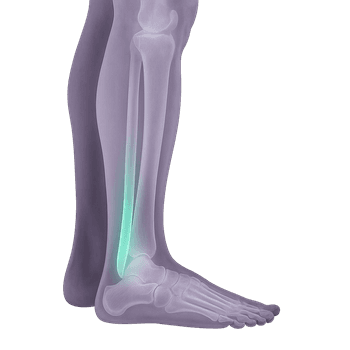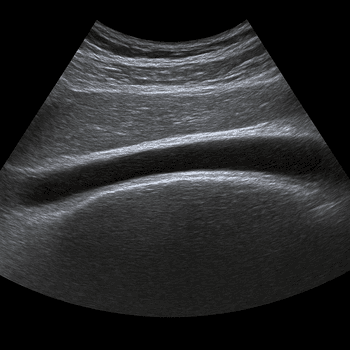Quick version
The Achilles tendon is an important structure that is often affected by overuse injuries.
- Powerful tendon that connects the calf muscles to the heel bone
- Important for walking, jumping, and running
- Common with overuse injuries and inflammation
- Risk factors include sport, age, and biomechanics
- Treatment often requires long-term rehabilitation
What is the Achilles tendon?
The Achilles tendon, also known as the Achilles tendon, is a strong tendon that runs from the two large muscles of the calf – the gastrocnemius and soleus – down to the heel bone (calcaneus). It enables movements such as standing on tiptoe, running and jumping, making it particularly vulnerable to overuse injuries, especially in athletes.
Anatomy and location
The Achilles tendon is located on the back of the lower leg and is approximately 15 cm long. It lies superficially, making it easy to feel with the hand. The Achilles tendon lacks a protective sheath, making it susceptible to friction and irritation.
Function
The main function of the Achilles tendon is to transfer force from the calf muscles to the foot, which allows you to extend the foot downward (plantar flexion). This is important when walking, running and jumping.
Common Achilles tendon problems
The Achilles tendon can suffer from several common problems that are often due to overexertion, aging or sports injuries.
Typical Achilles tendon conditions- Achilles tendonitis: Inflammation of the tendon, often caused by overload.
- Achilles tendonitis: Chronic degenerative change in the tendon without obvious inflammation.
- Achilles tendon rupture: A complete rupture of the tendon, common during quick start/stop movements in sports.
- Achilles peritendinitis: Inflammation of the tissue around the tendon.
- Bursitis: Inflammation of the mucous sacs at the tendon attachment, especially at heel.
Examination and diagnosis
If a problem with the Achilles tendon is suspected, a clinical examination is performed in which the doctor assesses swelling, pain, mobility and any lumps along the tendon. Tests such as Thompson's test can be used to check whether the tendon is torn or weakened. If necessary, the examination is supplemented with imaging diagnostics.
Common diagnostic methods
- Ultrasound, ultrasound of the Achilles tendon: Used to see the structure of the tendon, any ruptures or inflammation.
- Magnetic resonance imaging, MR of the Achilles tendon: Detailed imaging diagnostics to map injuries, especially in cases of chronic problems or before surgery.
- Clinical tests: E.g. Thompson's test, where you squeeze the calf to see if the foot moves - lack of movement indicates a torn tendon.
Risk factors
Sports with a lot of running and jumping, flat shoes, short calf muscles, overpronation, increasing age and previous injuries increase the risk of Achilles tendon problems.
Treatment and rehabilitation
For mild problems, rest, eccentric training and unloading are used. In case of rupture, surgery or orthopedic treatment may be required. Rehabilitation is often long, up to 6–12 months.
Relevant symptoms
- Pain in the back of the heel or lower leg
- Stiffness in the Achilles tendon in the morning
- Swelling or thickening of the tendon
- Cracking sensation when moving
- Inability to stand on tiptoe if ruptured
Related conditions and diagnoses
- Achilles tendonitis (Achilles tendinopathy)
- Achilles tendon bursitis (inflammation of the bursa)
- Achilles tendon rupture (rupture)
- Haglund's deformity
- Achillodynia (chronic Achilles tendon pain)

























